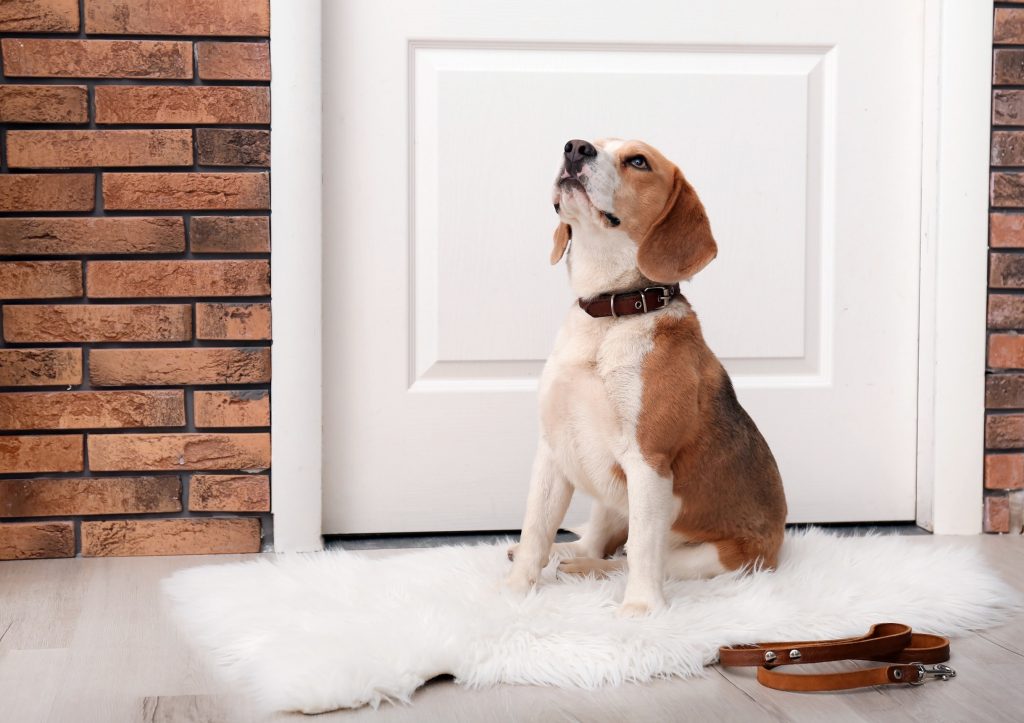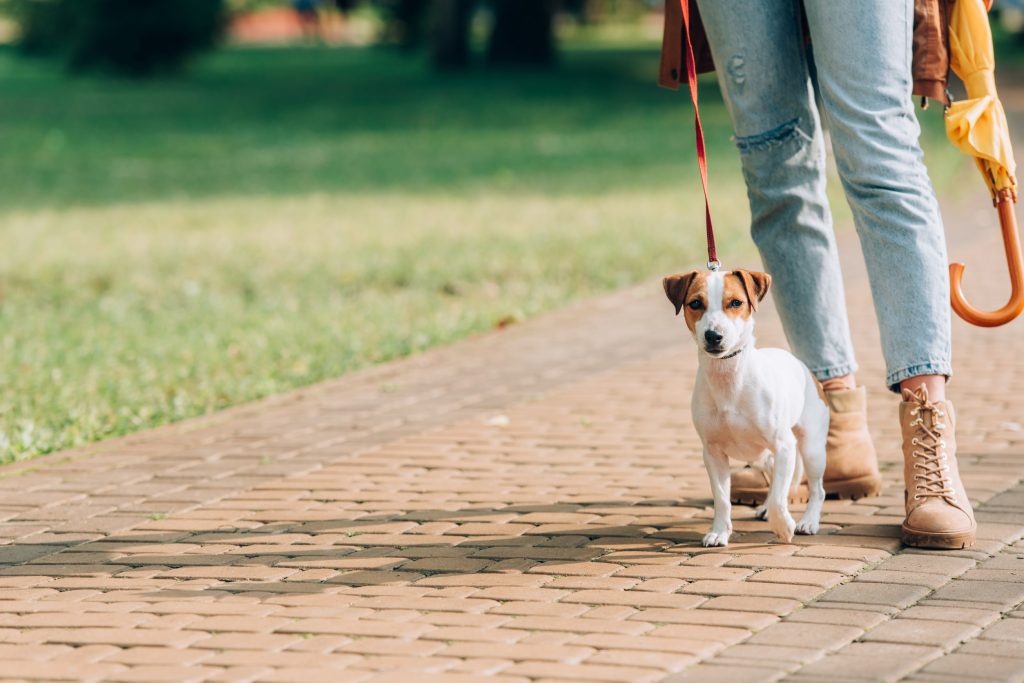
There’s nothing more frustrating than coming home to that all-too-familiar puddle on the floor. Potty training a dog—especially a stubborn or anxious one—can feel like an endless battle. But with consistency, the right strategy, and a little patience, you can stop those accidents. If you’re tired of cleaning up messes, here are seven tricks that will finally get your dog to pee outside—and keep it that way.
1. Set a Regular Bathroom Schedule
Dogs thrive on routine, and their bladders do too. Take your dog out first thing in the morning, after meals, and before bed—every single day. Use the same route or spot in your yard so they associate that area with potty time. When your dog knows what to expect, they’ll start to adjust their needs to your schedule. Skipping times can confuse them, so consistency is key.
2. Use a Command Word Every Time
Pick a word or phrase like “go potty” or “do your business” and say it every time your dog pees outside. Over time, your dog will connect that phrase with the act of going to the bathroom. This trick can be especially helpful during walks or when you’re traveling. Keep your tone upbeat and calm—it shouldn’t sound like pressure. Once they go, praise them immediately.
3. Reward Immediately After They Go
Positive reinforcement works better than punishment, every single time. Bring a small bag of treats with you and reward your dog right after they pee outside—not five minutes later. This helps your dog associate outdoor potty time with something rewarding. If treats aren’t an option, use a cheerful voice and lots of praise. That excitement makes them want to repeat the behavior.
4. Clean Accidents Thoroughly With Enzyme Cleaners
If your dog smells old urine in the house, they’ll keep going in the same spot. Regular cleaners don’t always cut it—invest in a pet-safe enzymatic cleaner. These break down the smell entirely, so your dog isn’t tempted to return. Don’t yell or scold them for accidents—just clean it up thoroughly and move forward. Preventing future accidents starts with erasing the scent.
5. Keep Your Dog Leashed During Potty Time

Off-leash dogs often get distracted—chasing leaves, sniffing around, or just playing. A leash keeps them focused and helps you guide them to the right potty spot. Once they go, you can reward them and then let them off-leash if you’re in a safe area. Over time, they’ll understand potty time comes before play. This is especially helpful for puppies or easily distracted dogs.
6. Watch for Potty Cues Indoors
Most dogs give signals before they go inside—sniffing, circling, or whining near the door. Learn your dog’s specific signs and act fast when you see them. Interrupt gently and guide them outside, even if you’re unsure. The faster you react, the more they’ll learn that outside is the right place. Missing these cues is one of the biggest reasons accidents keep happening.
7. Be Patient, Especially with Rescue Dogs
Some dogs have trauma, anxiety, or medical issues that delay potty training. It’s not a reflection of your ability—it’s part of their journey. Give them time, love, and consistency. Consider a vet visit if accidents are constant and nothing seems to work. The more patient and calm you are, the faster they’ll build trust—and healthy habits.
Freedom From Accidents Starts With Your Consistency
Potty training isn’t about perfection—it’s about patience, repetition, and routine. Every dog is different, and some take longer than others. But when you follow these tricks consistently, you’ll start to see fewer accidents and more success. Your home will stay clean, your dog will feel proud, and you’ll finally be able to leave the carpet cleaner behind. Stay the course—it’s worth it.
What trick finally helped your dog master potty training? Share your best tip or experience in the comments!
Read More:
Why Dogs and Cats Stare at You—The Truth Will Surprise You!
Ready to Defend You: 8 Dogs That Could Someday Save Your Life

Latrice is a dedicated professional with a rich background in social work, complemented by an Associate Degree in the field. Her journey has been uniquely shaped by the rewarding experience of being a stay-at-home mom to her two children, aged 13 and 5. This role has not only been a testament to her commitment to family but has also provided her with invaluable life lessons and insights.
As a mother, Latrice has embraced the opportunity to educate her children on essential life skills, with a special focus on financial literacy, the nuances of life, and the importance of inner peace.
